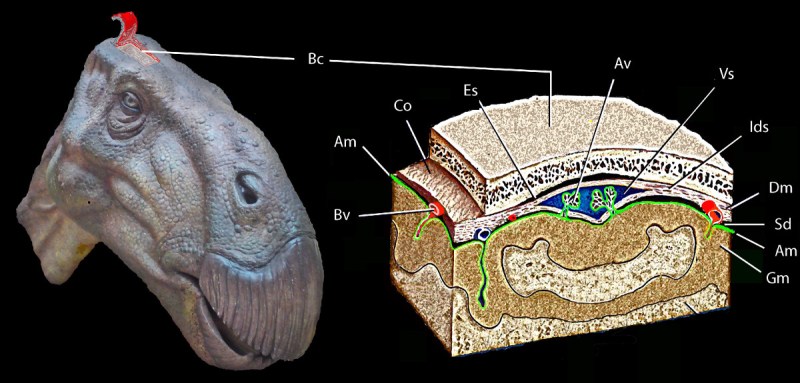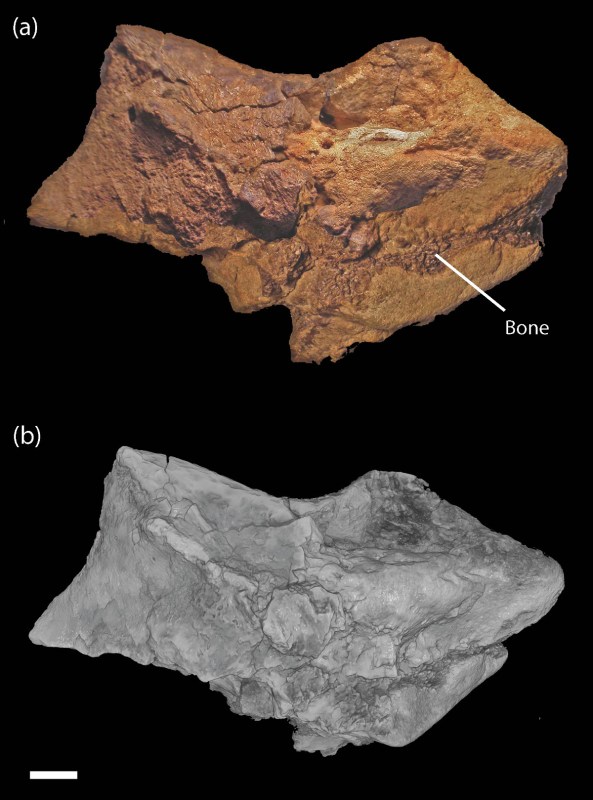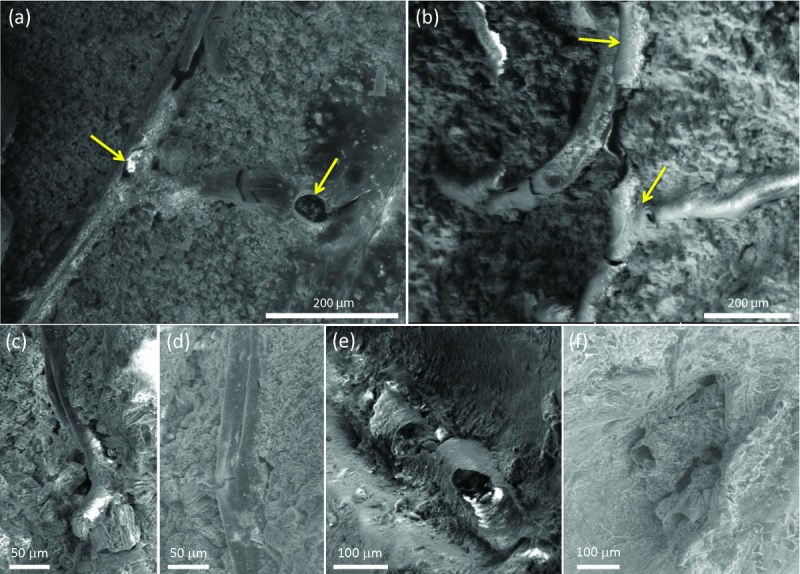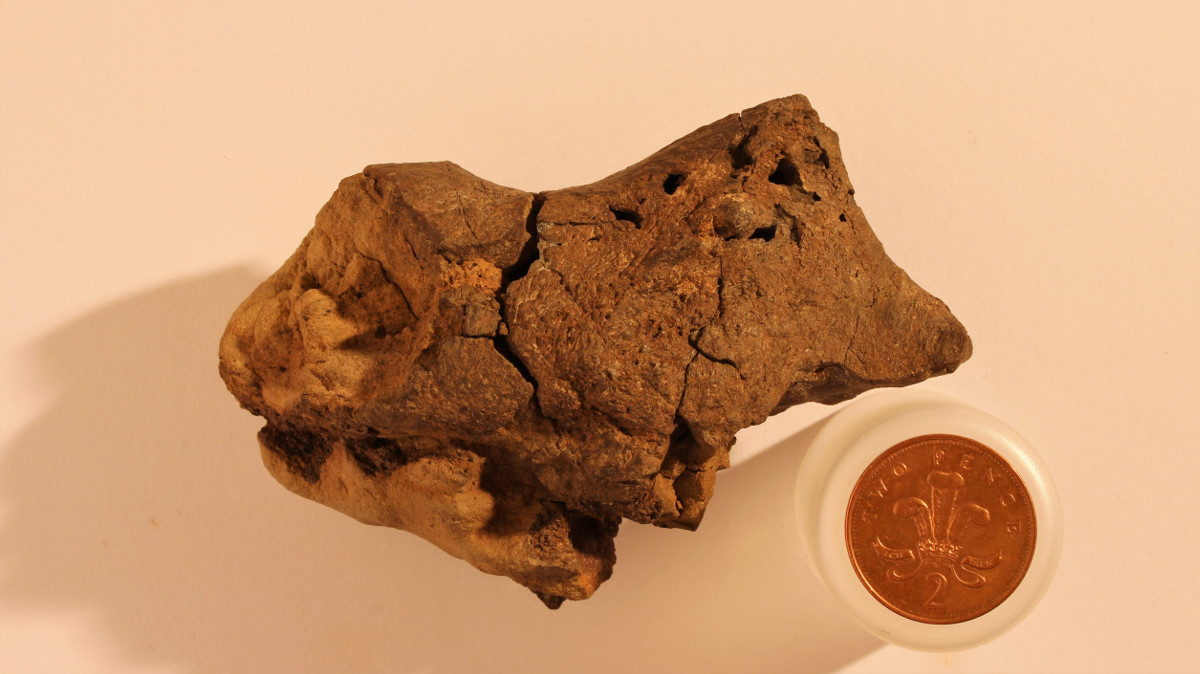
Researchers at the University of Cambridge have identified the first dinosaur brain fossil ever found, and recently published their groundbreaking findings in The Geological Society of London.
The brain specimen, found by fossil hunter Jamie Hisocks near his home in Sussex, England, belonged to an Iguanadon, a species of dinosaur native to prehistoric Britain during the Cretaceous period. When it was presented to the research team led by paleobiologist Martin Braser, they initially thought it was a simple endocast (a fossil made when sediment fills the inside of an animal’s skull).

As we know now, it was much more than that. Unlike most endocasts, this specimen was ridged and grooved, and preserved blood vessels and meninges were present; a clear sign that they’d found brain matter. The question of how it was preserved at all still lingered, though; after all, brains are quick to decompose, making them the least likely organic material to become fossilized.

The story that Braser’s team put together goes like this: An Iguanadon fell headfirst into the water when it died, which limited oxygen exposure to its brain. Its skull, which turned upside down during its death, held together well enough to contain the nutrients and enzymes released during decomposition, which pickled parts of the animal’s brain and began mineralizing it.
When the brain was fully fossilized, it was carried by storms to a tidal pool in Sussex, where a winter storm uncovered its resting place and allowed Hisocks to find it.
The video below shows some of the research team members explaining their remarkable find; their research paper can be found here.
This article was featured in the InsideHook newsletter. Sign up now.























